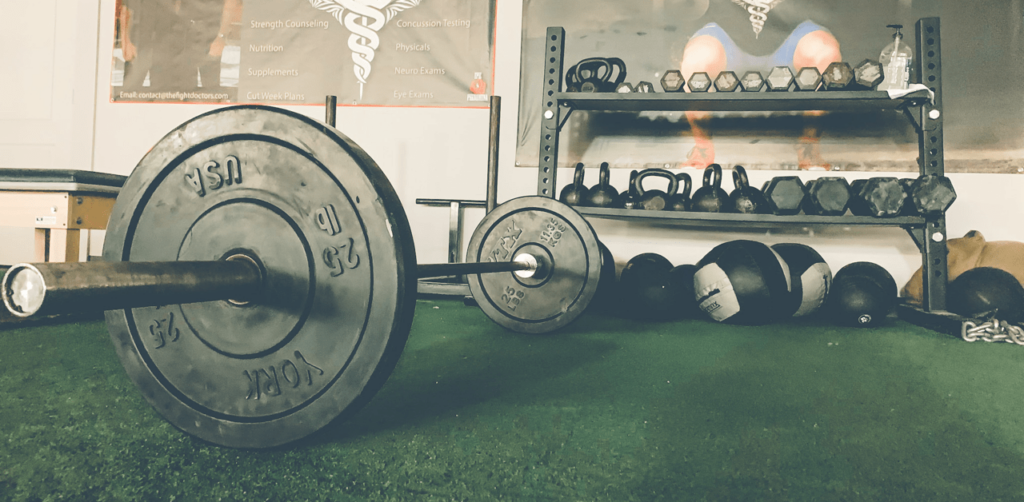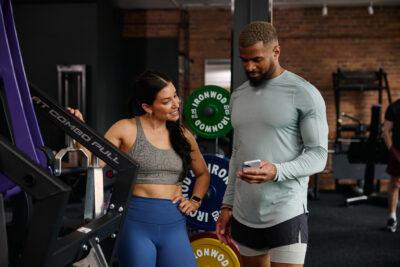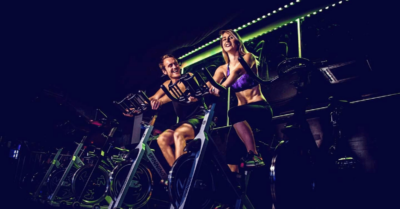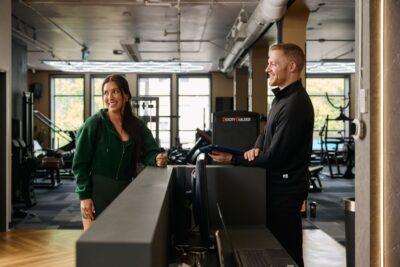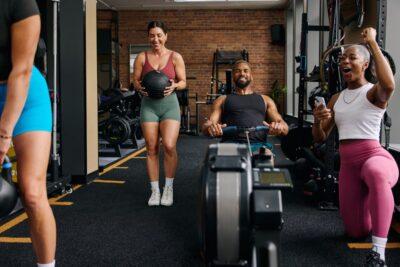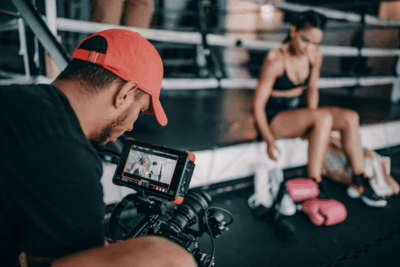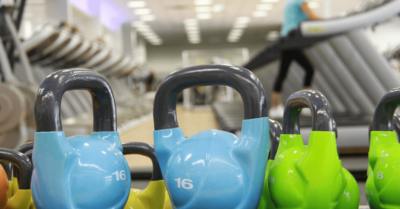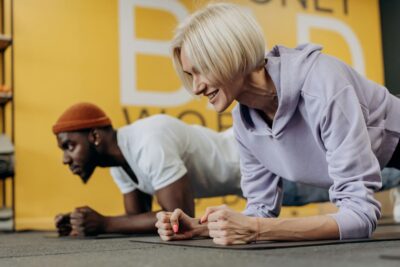From our Fitness Founders series, Mehdi Elaichouni of Carpe Diem Jiu Jitsu Singapore shares his thought process on deciding if you should splurge or save on equipment. Skip ahead to:
Starting a new business is always risky. According to the U.S. Bureau of Labor Statistics (BLS), approximately 20% of new businesses fail in their first two years, 45% in the first five years, and 65% in the first ten years. First time business owners face extremely high risks, since there is no previous experience to learn from.
As a new business, your top priorities should be to get to profitability ASAP and to prove your concept. An important technique I’ve learnt from the startup world is how to build a minimum viable product (MVP). Having an MVP will allow you to test your product with customers and collect the maximum amount of learning about what works and what doesn’t. The goal is for you to build an MVP that will prove your business concept. This will also help you to focus on ways to minimize risk and losses.
For fitness businesses, your MVP starts with your core product offering and corresponding equipment needed. You should also refer back to your business vision, to determine what level of equipment you are going to need. For example, if your vision is to create a premium fitness gym, you are going to need to invest in premium equipment.
Depending on your type of business, break down your list of equipment into two main groups – essentials and complementary.
Skip ahead to:
The Top 10 Barriers
Slowing Your Fitness
Business Growth
Discover more 1. Essential fitness business equipment
This list should contain supplies and equipment that are absolutely needed for members to get the best possible experience out of your core offering. As a guide, plan for equipment in the following categories:
- Machines for cardio, strength training, recovery
- Free weights
- Floor mats
- Accessories
- Health and safety
You should also include items that are used by staff to complete daily tasks or to ensure their comfort. It is also important to have quality equipment especially if those items are customer facing. Some examples are:
- Reliable and well sized computers plus other IT equipment
- Comfortable and well produced staff uniforms
- Efficient and easy to use cleaning supplies and equipment
For an in depth analysis on equipment, check out our guide on everything you need to know about gym equipment.
2. Complementary equipment for your fitness business
This category contains items that have less impact on the core experience. This list can also contain items used by staff. Using Carpe Diem as an example, we splurged on the single most important equipment that was necessary for Jiu-Jitsu – floor and wall mats. Members attending our classes will be spending most of their time on the mats, so they need to be of the best quality and of sufficient thickness for safety. We applied cost savings to equipment such as showers, lockers, and reception counters as they were less crucial to the experience.
When we introduced HIIT and Yoga during the period of COVID restrictions, we applied the same logic to the new equipment that we had to bring in. Essential equipment that we spent more money buying brand new were the free weights and yoga mats. We opted for budget options for essential equipment such as yoga blocks and straps, by looking for equipment made from suitable material instead of focusing on the equipment brand.
In summary
When purchasing equipment as a new business, favor function over fashion and match equipment quality with your vision.


